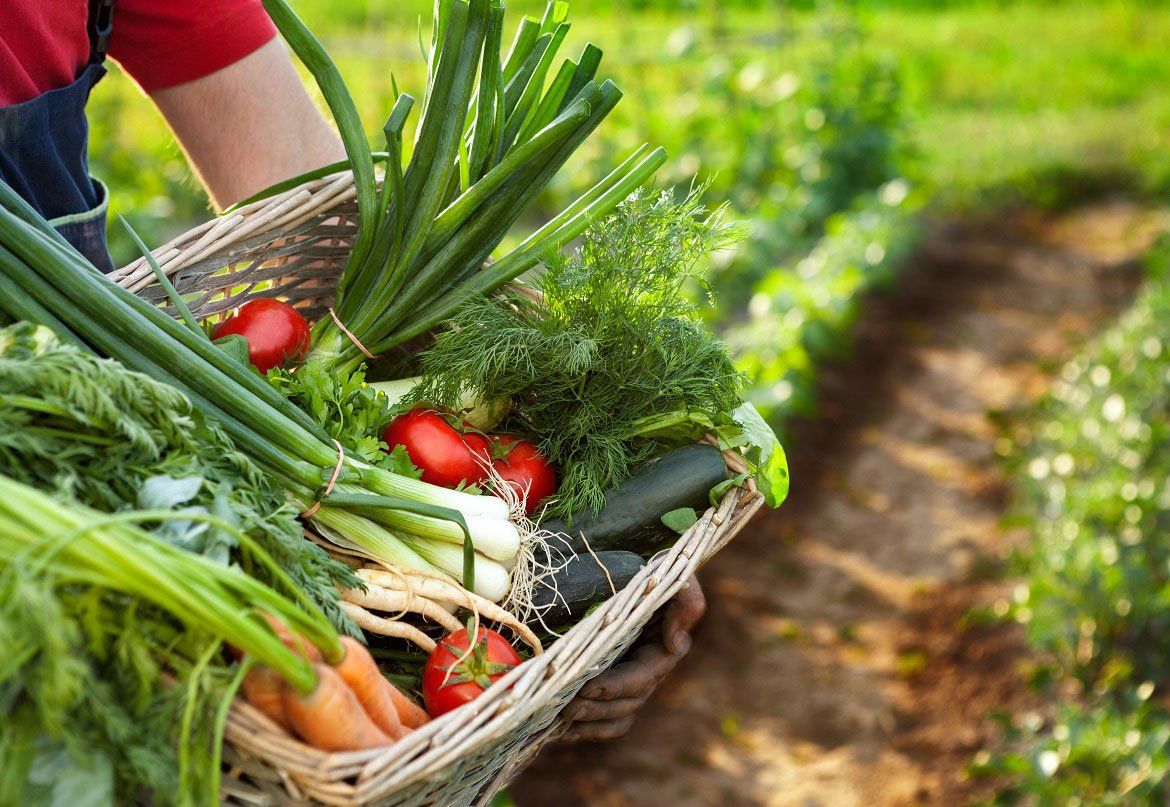Establishing a vegetable garden provides a multitude of benefits that extend beyond mere aesthetic appeal. One of the primary advantages is the significant health benefits associated with consuming homegrown produce. Fresh vegetables, cultivated in a home garden, often retain higher nutritional value compared to store-bought options, which may have undergone processing or long transport times. By growing your own crops, you can ensure that they are free from harmful pesticides and chemicals, leading to healthier dietary choices that contribute to overall well-being.
Furthermore, a well-maintained vegetable garden can result in considerable cost savings. With rising grocery prices, particularly for organic or locally sourced vegetables, cultivating your own garden can substantially lower your monthly food expenses. By planting a variety of vegetables, you can enjoy fresh produce throughout the growing season while reducing the frequency of shopping trips, subsequently saving both money and time.
Beyond personal health and financial savings, vegetable gardening also presents environmental advantages. Growing your own food reduces the carbon footprint associated with food transportation and packaging. Home gardens promote biodiversity, support local ecosystems, and can even contribute to carbon sequestration in the soil, enhancing the earth’s natural resilience. Additionally, engaging in sustainable gardening practices, such as composting and water conservation, further amplifies these environmental benefits.
Beyond the tangible benefits of health, savings, and environmental impact, gardening can act as a powerful stress-reliever. The act of planting, tending, and harvesting vegetables fosters a sense of accomplishment and fulfillment. Engaging with nature can lead to mental clarity, decrease feelings of anxiety, and encourage mindfulness, which ultimately enhances one’s psychological health. Children, too, can reap these rewards, gaining valuable lessons in responsibility and the satisfaction that comes from nurturing plants. In conclusion, the multifaceted advantages of establishing a vegetable garden make it a worthwhile endeavor. It fosters healthier lifestyles, supports financial efficiency, and nurtures both environmental and emotional well-being.
Planning Your Vegetable Garden Layout
Creating an efficient vegetable garden layout is a fundamental step in maximizing both the space and yield of your gardening efforts. Before diving into the physical aspects, it is crucial to determine the type of garden best suited to your needs. Options such as raised beds, container gardening, and traditional in-ground gardening each have unique advantages. Raised beds, for instance, elevate plants, enhance drainage, and can extend the growing season by warming the soil quicker in spring. Container gardening, on the other hand, offers flexibility, allowing gardeners to position plants where they can best access sunlight. Traditional in-ground gardening, while requiring more space, promotes deep rooting and is suitable for larger vegetable plots.
In addition to selecting the garden type, incorporating techniques such as companion planting and crop rotation can significantly enhance the productivity and health of your vegetable garden. Companion planting involves pairing plants that benefit each other, whether by repelling pests, improving nutrient uptake, or enhancing growth. For example, planting marigolds alongside tomatoes can deter certain insects. Crop rotation is another vital practice that helps in managing soil fertility and warding off pest infestations and diseases. By alternating different families of plants in the same area each season, you promote a healthy ecosystem within your garden.
Seasonal planning is equally important, as factors such as local climate conditions, frost dates, and sunlight can impact your garden’s success. Assessing your local environment allows for the selection of vegetables that thrive in your area, and it helps in scheduling sowing times to ensure optimal growth. By mapping out your vegetable garden layout thoughtfully, considering plant pairings and rotation strategies, you lay the groundwork for a fruitful gardening experience that can yield fresh produce throughout the growing season.
Choosing the Right Vegetables for Your Garden
Selecting the appropriate vegetables for your garden is a critical step in achieving a successful and productive produce patch. This process begins by assessing the specific conditions of your garden, including climate, soil quality, and available space. It is essential to choose vegetables that are well suited to your geographical location, as different plants have varying tolerances to heat, cold, and humidity. For instance, warm-season crops like tomatoes, peppers, and cucumbers thrive in areas that experience longer heat episodes, while cool-season vegetables such as lettuce, carrots, and broccoli prefer milder conditions.

Soil quality cannot be overlooked when planning your vegetable garden. Conducting a soil test allows you to understand the pH levels and nutrient content, providing guidance for necessary amendments. Implementing good soil health practices, such as the addition of organic matter, will enhance your garden’s fertility and overall productivity. Additionally, the availability of space is a determining factor in vegetable selection. If you have limited area, choosing compact or vertical gardening options like pole beans or dwarf varieties of vegetables can maximize your yield.
For beginners venturing into the world of gardening, certain vegetables are ideal due to their ease of cultivation and high probability of success. Common recommendations include radishes, green beans, zucchini, and herbs like basil and cilantro. These vegetables not only grow quickly but also yield abundant harvests, encouraging new gardeners to continue their gardening journey. Furthermore, understanding the growing season is vital; aligning plant choices with seasonal planting dates ensures optimum growth and harvest. Proper plant care—including watering, weeding, and pest management—must also be integrated into your gardening plan to guarantee robust and healthy vegetable production.
Maintaining Your Vegetable Garden
Maintaining a thriving vegetable garden requires continuous attention and care throughout the growing season. Regular monitoring is essential to ensure the health and productivity of your plants. One of the most critical aspects of this maintenance is the watering practices you employ. It is advisable to water your vegetable garden deeply but infrequently, allowing the soil to dry out slightly between sessions. This encourages deep root growth and promotes resilience against drought conditions.
Pest management is another vital component of sustaining your garden’s ecosystem. Integrating companion planting—where certain plants benefit each other—can deter pests naturally. Additionally, utilizing organic pest control methods, such as neem oil or insecticidal soap, minimizes harmful effects on beneficial insects and the overall environment. Be vigilant and inspect your plants regularly for signs of pest infestation; early detection is key to managing potential outbreaks effectively.
Maintaining healthy soil is foundational for a successful vegetable garden. The soil should be enriched with organic matter such as compost or well-rotted manure, which improves nutrient availability and soil structure. Regular soil testing can provide insight into nutrient deficiencies or pH imbalances, allowing for targeted amendments. Incorporating cover crops during the off-season can also enhance soil fertility and reduce erosion, contributing to a sustainable gardening practice.
Harvesting techniques play a significant role in the overall health of your vegetable garden. Proper harvesting ensures that plants continue to produce, as removing mature fruits encourages further growth. Understanding the right time to harvest each vegetable can dramatically influence the taste and quality of your yields. Consistent and careful harvesting not only rewards you with fresh produce but also supports the ongoing vitality of your garden.
By employing these maintenance strategies—including diligent watering, effective pest management, soil health improvements, and proper harvesting techniques—you enhance the longevity and success of your vegetable garden, creating a bountiful and sustainable environment for your plants to flourish.

